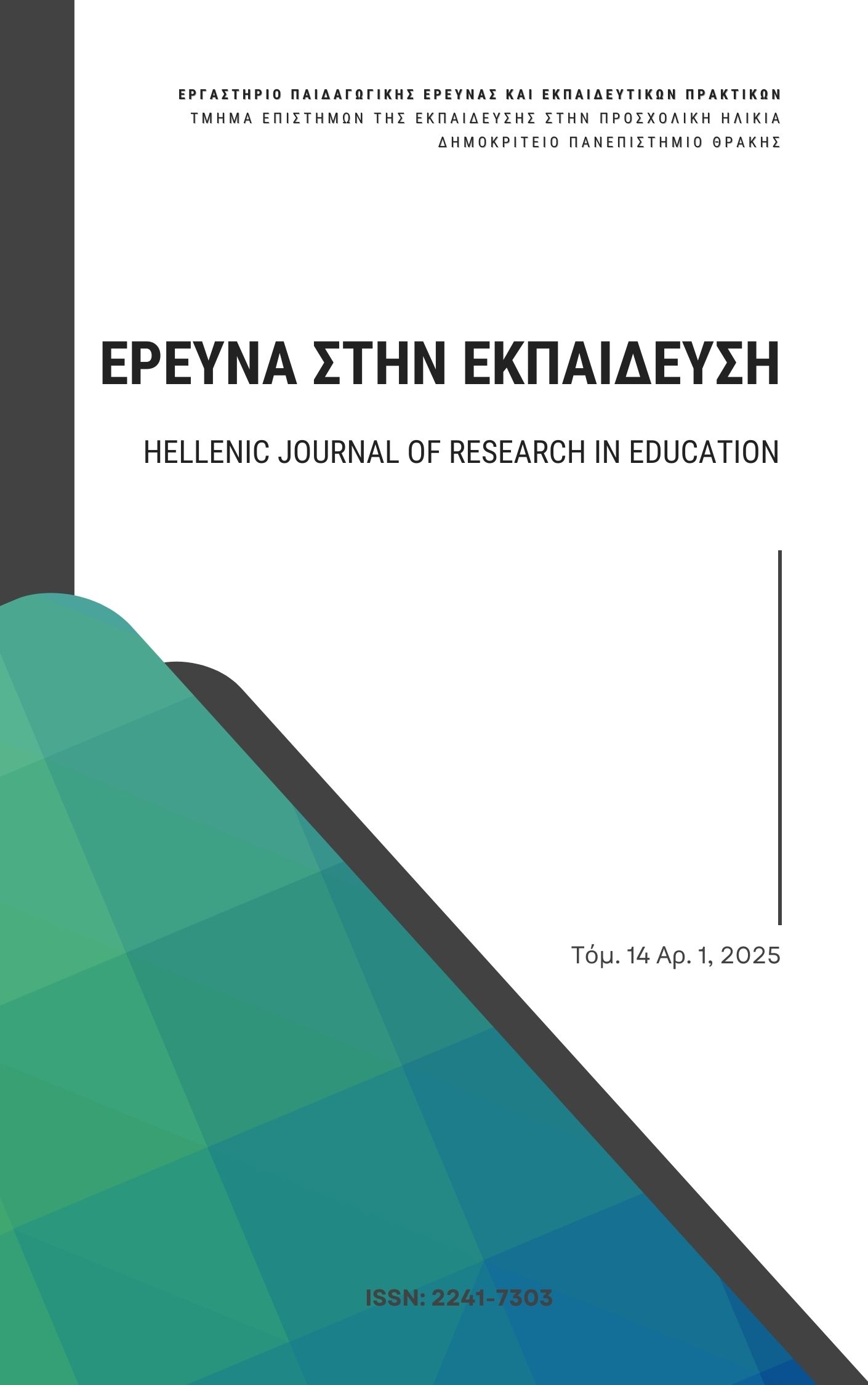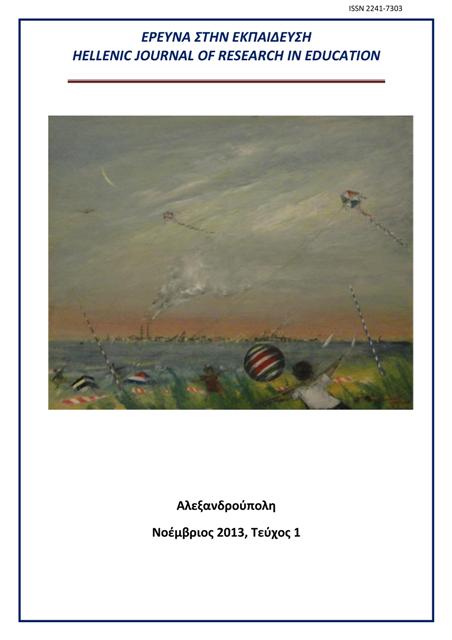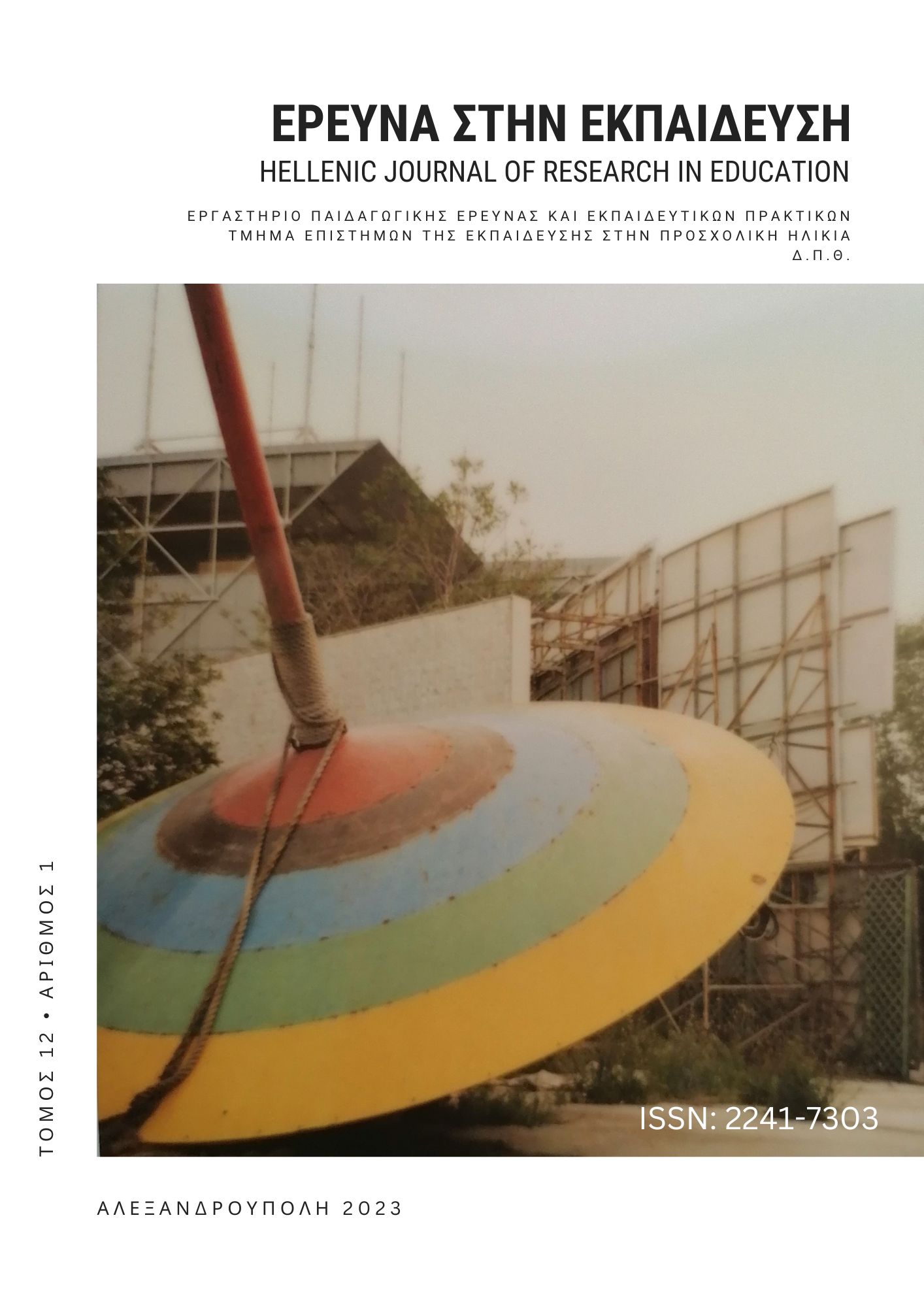The intervention "Buddy Bench" for exploring the social relationships of primary school students with and without special educational needs and disabilities

Abstract
The present study examines the social relationships of primary school students with and without Special Εducational Νeeds and Disabilities (SEND), as well as their subjective well-being before and after the implementation of the "Buddy Bench" intervention in the school's outdoor area during recess. Often, these children have fewer friendships and are less accepted by their peers, which increases the likelihood of them experiencing problems in peer relationships. The “Buddy Bench” intervention was designed to enhance students' social interactions, promote their participation in social play, and reduce social isolation. The study involved 37 students from an elementary school in Thessaloniki, of which 6 had SEND and 31 were typically developing. In the first phase of the research, students' social relationships were evaluated in terms of peer acceptance, friendships within the class network, and participation in social play. After the completion of the first phase, the intervention began, followed by a new round of data collection to compare the results and assess the effectiveness of the intervention. The findings of the study showed that students with SEND were less accepted by their peers and had fewer friendships compared to typically developing students. The intervention during recess contributed positively to improving friendship skills, social relationships. The study's findings can be applied to educational practice to support children with social difficulties, highlighting the importance of friendship and the need for interventions that promote social skills and social play at school.
Article Details
- How to Cite
-
Politi, V., Botsoglou, K., & Sidiropoulou, Z. (2025). The intervention "Buddy Bench" for exploring the social relationships of primary school students with and without special educational needs and disabilities. Hellenic Journal of Research in Education, 14(1), 32–51. https://doi.org/10.12681/hjre.39937
- Issue
- Vol. 14 No. 1 (2025)
- Section
- Articles

This work is licensed under a Creative Commons Attribution-NonCommercial-ShareAlike 4.0 International License.
Authors who publish with this journal agree to the following terms:
- Authors retain copyright and grant the journal right of first publication with the work simultaneously licensed under a CC-BY-NC-SA that allows others to share the work with an acknowledgement of the work's authorship and initial publication in this journal.
- Authors are able to enter into separate, additional contractual arrangements for the non-exclusive distribution of the journal's published version of the work (e.g. post it to an institutional repository or publish it in a book), with an acknowledgement of its initial publication in this journal.
- Authors are permitted and encouraged to post their work online (preferably in institutional repositories or on their website) prior to and during the submission process, as it can lead to productive exchanges, as well as earlier and greater citation of published work (See The Effect of Open Access).




